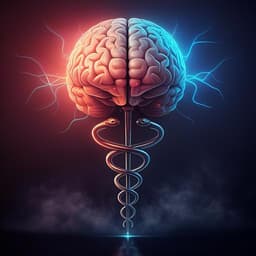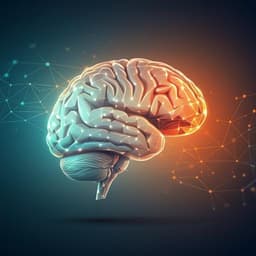
Psychology
Confidence reports in decision-making with multiple alternatives violate the Bayesian confidence hypothesis
H. Li and W. J. Ma
Discover how confidence in decision-making is influenced by the proximity of options rather than just the perceived best choice. This groundbreaking research conducted by Hsin-Hung Li and Wei Ji Ma challenges established theories and reveals a new perspective on how we evaluate our decisions!
Playback language: English
Related Publications
Explore these studies to deepen your understanding of the subject.







